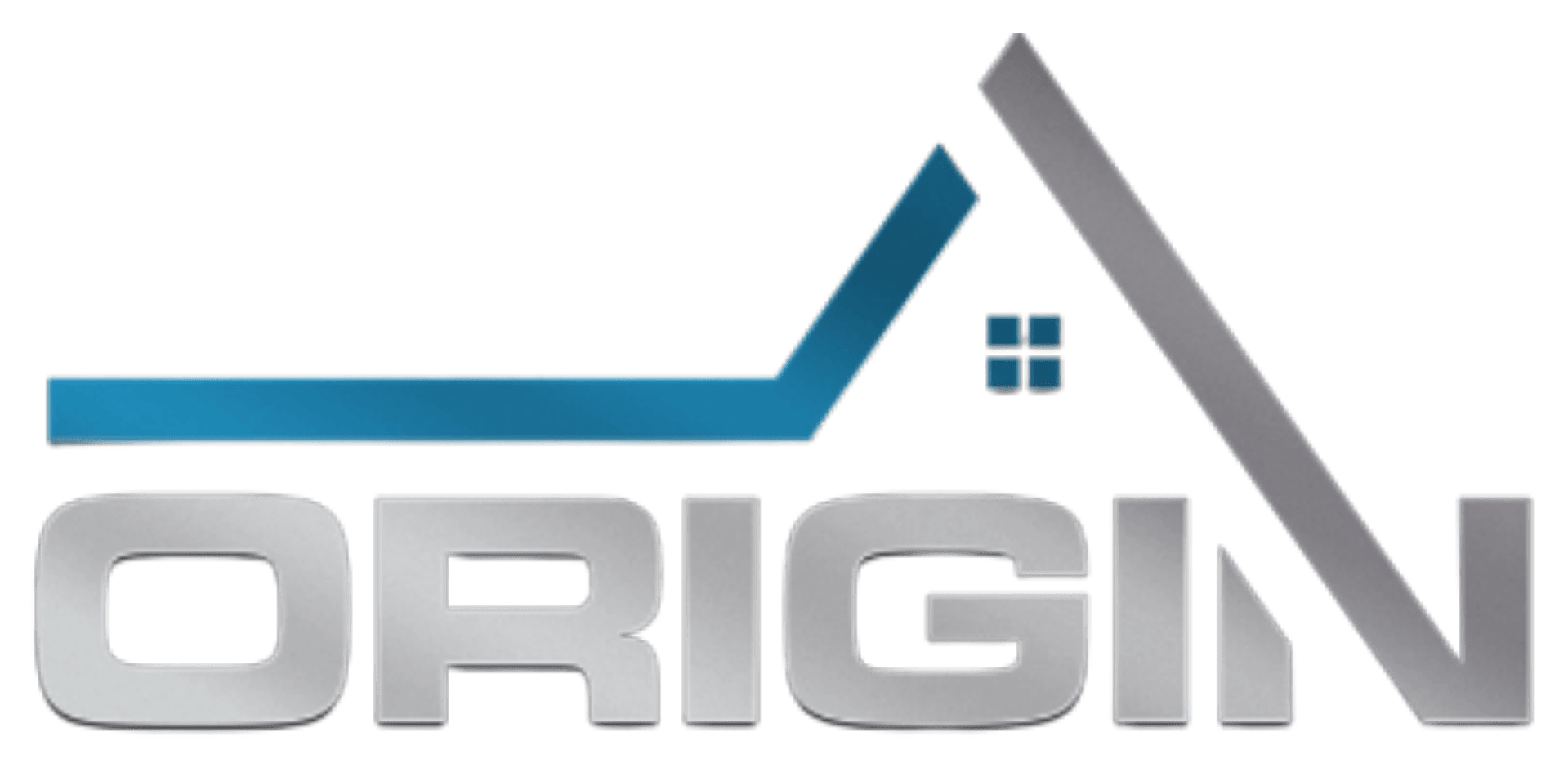Commercial Roofing
Lebanon’s PREMIER COMMERCIAL ROOFING COMPANY
Complete Roofing Solutions for Your Needs
- A Neighborhood Favorite on Nextdoor
- Ready to Act - 24/7 Emergency Roofing Services
- Members of the National Roofing Contractors Association
Our Memberships and Certifications
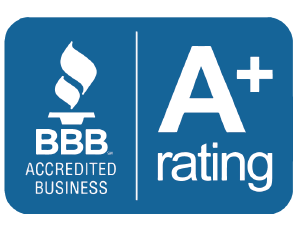
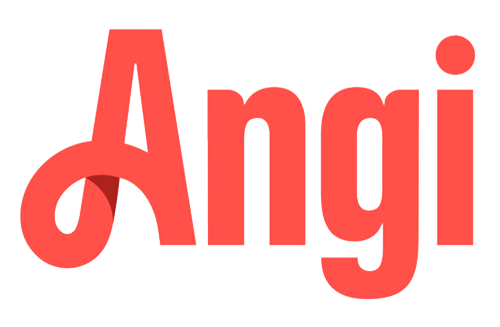
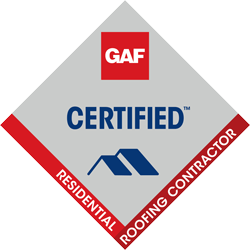

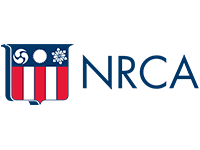

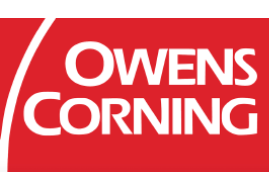
Expert Commercial Roofing Service in Lebanon
Every commercial building has its own requirements to ensure that the roof is long-lasting and offers the protection needed for the business. Origin Roofing and Exteriors is a full-service commercial roofing company, and we are experts in roof repair work and replacements. Contact us today to see what we can do for your building, and we will get an inspection scheduled. If an inspection shows the damage is too extensive to allow for repairs, we can work with you to put a new roof on your building.
Commercial Roofing Services We Offer
Commercial Roof Replacement & Installation
Commercial Roof Repair and Maintenance
Rely on our expert team for meticulous commercial roof repair and commercial roof maintenance services, addressing issues promptly to safeguard the structural integrity of your commercial property.
Commercial Roof Coatings
The Types of Commercial Roofs We Install
Modified Bitumen Roof
EPDM Roofing
TPO Roofing
PVC Roofing
METAL Roofing
Asphalt Shingle Roofing
Commercial Projects We Work On
From industrial buildings to multifamily apartment complexes, we provide commercial services to a wide variety of clients. This includes:
- Multifamily Properties
- Hospitals
- Retail Complexes
- Industrial Buildings
- Warehouses
- Storage Units
- Churches
